Description
Primary angioplasty, also known as Primary Percutaneous Coronary Intervention (PCI), is an emergency procedure used to treat a heart attack by reopening a blocked coronary artery. This procedure is performed as soon as possible after the onset of heart attack symptoms to restore blood flow to the heart muscle and minimize damage.
Types of Primary Angioplasty
- Balloon Angioplasty: A small balloon at the tip of a catheter is inflated to widen the blocked artery.
- Stent Placement: A stent (a small wire mesh tube) is placed in the artery to keep it open after balloon angioplasty.
- Drug-Eluting Stent: A stent coated with medication to prevent the artery from narrowing again.
Familiarity with Treatment
Primary angioplasty is a critical, life-saving procedure for patients experiencing an acute myocardial infarction (heart attack). It is considered the gold standard treatment for heart attacks due to its effectiveness in quickly restoring blood flow to the heart.
Procedure
- Preparation:
- Immediate assessment and stabilization of the patient.
- Pre-procedure tests such as blood tests, electrocardiograms (ECG), and imaging studies.
- Administration of medications to prevent blood clots and manage pain.
- During the Procedure:
- Anesthesia: Local anesthesia is used at the catheter insertion site, usually in the groin or wrist.
- Catheter Insertion: A catheter is threaded through the blood vessels to the blocked artery.
- Balloon Inflation: The balloon at the catheter’s tip is inflated to widen the artery.
- Stent Placement: A stent is placed to keep the artery open.
- Monitoring: Continuous monitoring of heart function and blood flow.
- Duration: The procedure typically takes 1 to 2 hours12.
Who is it Suitable For?
- Patients experiencing an acute myocardial infarction (heart attack).
- Those with a completely blocked coronary artery.
- Patients who can be treated within a few hours of the onset of heart attack symptoms.
Who is it Not Suitable For?
- Patients with very complex coronary artery disease that may be better treated with coronary artery bypass grafting (CABG).
- Those with certain medical conditions that contraindicate the use of angioplasty or stenting.
Advantages
- Immediate restoration of blood flow to the heart.
- Minimizes damage to the heart muscle.
- Reduces the risk of complications and improves survival rates.
- Shorter recovery time compared to open-heart surgery12.
Complications
- Re-narrowing of the artery (restenosis).
- Blood clots forming within the stent.
- Bleeding or infection at the catheter insertion site.
- Rare risks include heart attack, stroke, or damage to the coronary artery12.
Previous Care
- Regular check-ups and monitoring of heart health.
- Lifestyle changes such as diet, exercise, and smoking cessation.
- Medications to manage cholesterol, blood pressure, and other risk factors.
Aftercare
- Monitoring for signs of complications, such as chest pain or shortness of breath.
- Medications to prevent blood clots and manage heart health.
- Follow-up appointments with the healthcare provider to monitor recovery.
- Gradual return to normal activities, avoiding strenuous exercise initially.
- Lifestyle changes to maintain heart health and prevent future blockages.
Primary angioplasty is a vital procedure for patients experiencing a heart attack, offering a less invasive option with a quicker recovery time.
Only logged in customers who have purchased this product may leave a review.
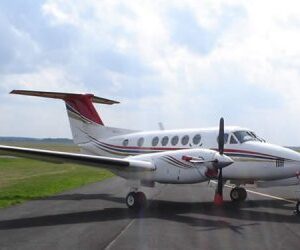
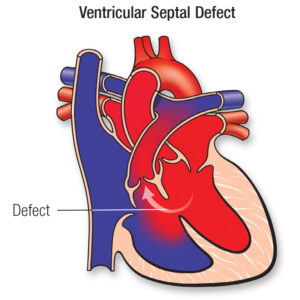
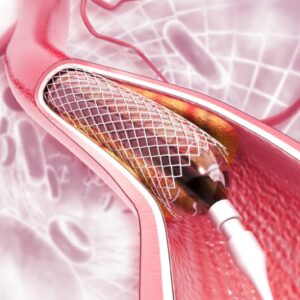
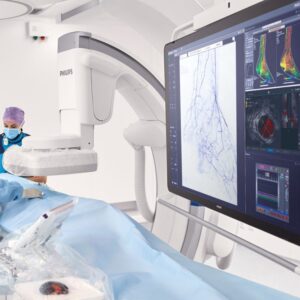
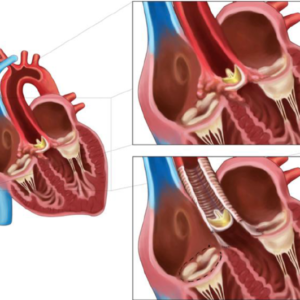
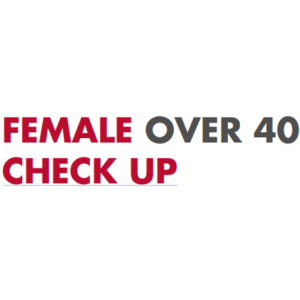
Reviews
There are no reviews yet.